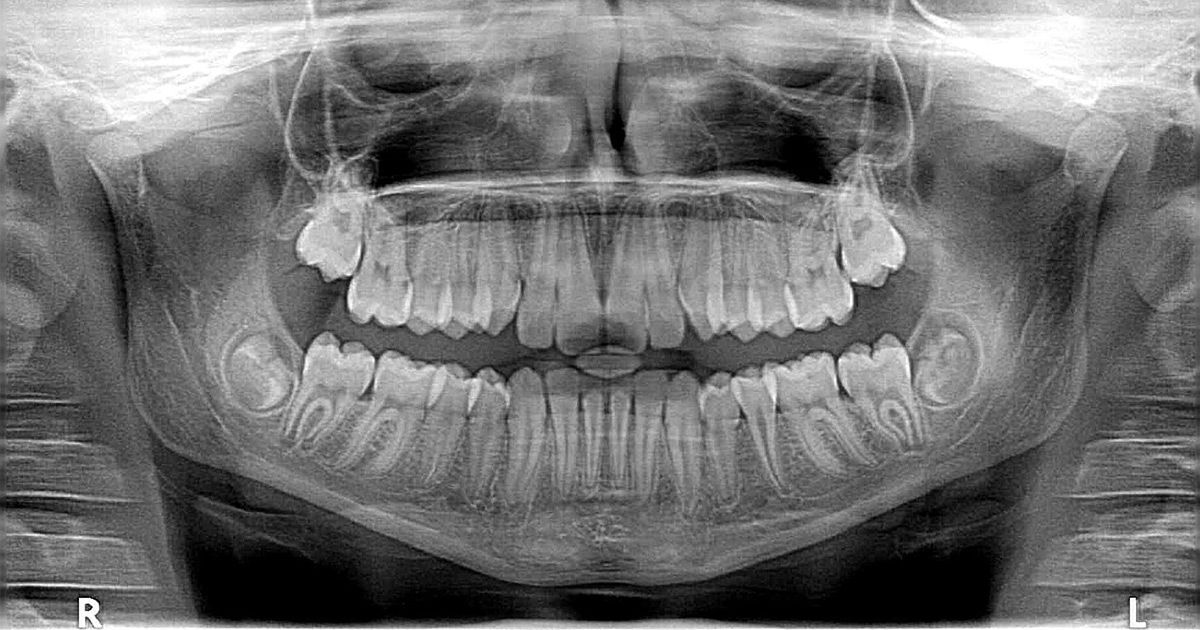Possible Signs and Symptoms of a Root Canal
What's a root canal? A root canal is a dental procedure to treat the infected pulp of a tooth. There are many things to expect during a root canal.
Are you experiencing severe toothache pain? Are you wondering if you have root canal symptoms?
Believe it or not, millions of root canals are performed each year. If you've got root canal pain, there are top-notch professionals available to help you.
What's a root canal, and how do you know if you need one?
Let's take a look.
1. What's a Root Canal?
A root canal is a procedure whose goal is to eliminate bacteria from the root of an infected tooth. The inflamed or infected pulp gets removed from the inside of your tooth, and your tooth will be carefully disinfected. After that, the area gets filled and sealed.
The pulp is a soft tissue located underneath the enamel and dentin of your tooth. Your tooth can survive without it as long as the surrounding tissues continue to nourish it.
A modern root canal can usually get completed with one or two dental appointments. Before the procedure, you should eat a healthy meal because you may not be up to eating afterward. You should also avoid alcohol and tobacco for at least twenty-four hours before your root canal.
2. What Advances Have Been Made in Root Canal Treatment?
Root canals have become significantly more advanced in recent years. Surgeons now use magnification for more precise results. Ultrasonic tip root-end preparation is also used to prepare the tooth. This removes any irritants or filling material so the area can get filled properly.
In addition, strong microfill composites are used to fill teeth. As advances in root canal technology continue to be made, root canals are becoming increasingly safer and more effective.
3. Do Root Canals Hurt?
While root canals have had a reputation for being painful in the past, current procedures resemble a deep dental filling and are relatively painless.
Anesthesia can get used to numb your teeth and gums so you'll be fairly comfortable throughout the procedure. If you've had a fever or swelling, your dentist may also administer antibiotics before they treat you.
After your procedure, your mouth may begin to feel sore and tender. This pain can usually get managed with over-the-counter pain relievers.
Patients are usually advised to eat soft foods for one or two days after a root canal. Crunchy or hard foods should wait until you have crowns. You'll also want to avoid foods that are too hot or cold, as your mouth will be extra-sensitive.
4. What Are Root Canal Symptoms?
There are a few ways to tell that you may need a root canal. You may have persistent tooth pain, but this could actually be a sign of other dental problems. These include cavities, damaged fillings, and gum disease.
Other signs include tooth discoloration and extreme sensitivity to hot and cold. You may also notice that you have swollen gums or pain whenever you touch a particular tooth or eat with it. Chipped, cracked, or loose teeth are also telltale signs.
If you've got several signs of a root canal, it's time to make an appointment with your dentist and find out if you need a procedure. The sooner you get the proper treatment, the faster you'll be on your road toward recovery.
5. What Can You Do After a Root Canal?
It's important to plan your meals carefully after your root canal. You'll want to avoid a lot of chewing and crunching. Good options include scrambled eggs, broth soups, and smoothies.
If you're a smoker, you'll want to avoid smoking directly after the procedure. Foreign chemicals could interfere with your ability to heal.
As with any surgery, you'll want to refrain from exercising for a few days after the procedure. Exercising too soon can make you feel achy and cause bleeding. Walks at a leisurely pace, however, are encouraged.
Make sure to get proper rest after your surgery. You'll want to stay off your feet and get enough sleep. Have enough pain relievers on hand so you won't have to leave your home.
Swelling and a little pain are normal on the first day or two following a procedure. If pain persists, however, you should contact your dentist.
You'll also want to let your dental professional know if you're experiencing rashes, hives, or a lack of responsiveness to over-the-counter pain relievers. You should also inform them if your temporary crown is giving you pain.
6. How Can Endodontic Treatment Save a Tooth?
Endodontic treatment can save your tooth and help you avoid tooth removal, which would end up meaning you'd need dentures or implants later on.
Infections that go untreated could lead to swelling in other areas of your face, head, or neck. It could also lead to bone loss.
In addition, your infection could cause a hole in the side of your tooth. This could lead to drainage problems in your gum or cheek.
An endodontist will remove the infected pulp of your tooth and shape and clean the inside of your root canal. They will also fill and seal the space.
Later on, you'll return to your dentist for a crown in order to restore your tooth and its function.
The Cure for Root Canal Pain
What's a root canal? Root canal symptoms like persistent pain and a loose tooth are nothing to be ignored. If you're experiencing root canal pain, you'll want to call a dental professional and begin treatment as soon as possible.
Don't stop getting a healthier mouth now. The professionals at Sparkle Dental in Mount Vernon are experts at root canal treatment. For more information, contact us today.
Dr. Rohit Z Patel
D.D.S
After graduating at the top of his class, Dr. Patel continued his postgraduate studies in endodontics at Columbia University College of Dental Medicine in New York. He was appointed to assistant clinical professor of dentistry at Columbia University and later moved on to teach at the Montefiore Medical Center’s Department of Dentistry. Westchester Magazine recognized Dr. Patel as a “Top Dentist for 2012.”
Dr. Yung Kim
D.D.S
Dr. Yung Kim is a double board certified Periodontist and board certified Prosthodontist, educated to treat many extremely complex disorders involving gum disease, tooth decay, and oral pathology. His focus is on full-mouth, complex, surgical, and reconstructive dentistry. He has extensive knowledge of implant dentistry and advanced surgical procedures, specializing in teeth in a day and All-on-Four implants. He is also Invisalign certified and experienced with CAD/CAM restorations and dentures.
Dr. Santvana Vyas
D.D.S
Dr Vyas attended NYU College of Dentistry and earned DDS in 2016 at the top of her class. She was inducted into Omicron Kappa Upsilon (OKU), the national dental honor society and earned Outstanding Achievement Award in study of Prosthodontics.
Dr Vyas is an active member of American College of Prosthodontics (ACP) and American Dental Association (ADA). She is appointed as a Clinical Assistant Professor at NYU College of Dentistry. She is married and is blessed with two sons.
Dr. Gianna DeMase
D.D.S
Dr. DeMase received her undergraduate degree from Binghamton University where she double-majored in Biology and Spanish. She then earned her Doctor of Dental Surgery from New York University College of Dentistry where she graduated with honors in periodontics. After dental school, Dr. DeMase completed a General Practice Residency at Jacobi Medical Center, a level one trauma hospital. Here, she participated in community outreach in the women’s health clinic and taught medical students how to do oral exams. She also worked with special needs patients in Jacobi’s Rose F. Kennedy Center. Dr. DeMase remains committed to being active in the community.
Read More
Dr. DeMase has experience in cavity restoration, endodontics, oral surgery, oral pathology, and prosthodontics including implant restorations.
She highly values patient education and always ensures your comfort and understanding of the treatment. She strongly believes in patient centered care and therefore tailors each treatment plan to you and your needs. As a member of the American Dental Association, Dr. DeMase is always aware of the latest studies and developments in the dental field and strives to apply them to her practice. In her spare time, she can usually be found with a book in her hands.

















